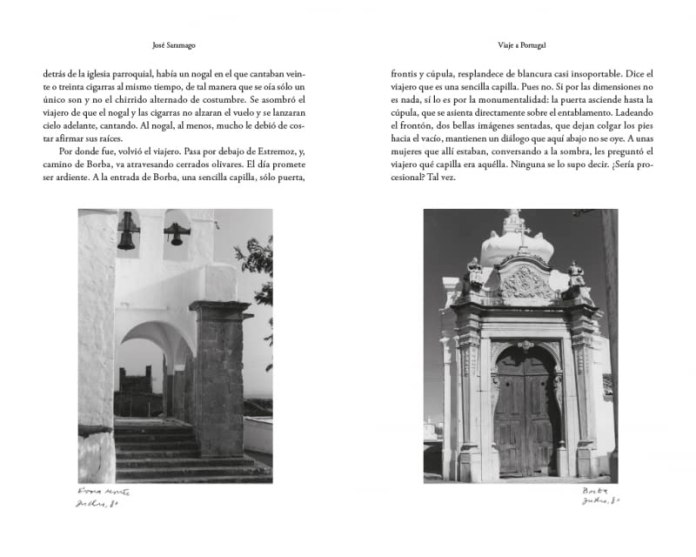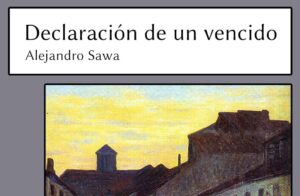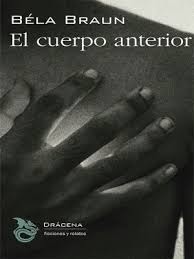
About the book
Within the framework of the celebration in 2022 of the centenary of José Saramago, Alfaguara published yesterday, June 16, a new edition of Trip to Portugal, the legendary travel book of the Portuguese Nobel Prize winner. This special illustrated edition includes unpublished photographs that the Portuguese writer took during the documentation trip for writing the book as well as others taken by photographer Duarte Belo.
«The end of one journey is just the beginning of another. You have to see what has not been seen, see again what has already been seen. We must return to the steps already taken, to repeat them and to trace new paths alongside them. You have to start traveling again. Always. The traveler returns to the road”.
Between October 1979 and July 1980, José Saramago toured Portugal on an itinerary that took him from Trás-os-Montes to the Algarve and from Lisbon to Alentejo. This book, in which chronicle is interspersed with narration and memories, is the result of that trip. Saramago is revealed in him as a traveler of great sensitivity, always attentive to what his eyes see, to decipher the reality of the country and also understand his past. Trip to Portugal It is the written reproduction of the multiple impressions collected by the sensitivity of a traveler always attentive to what his eyes see.

Knowing a country means understanding, in the most accurate way possible, its landscape, its culture and the people who inhabit it. In this book, José Saramago offers the reader the authentic face of an inexhaustible land.
Reading this book will be a revelation for those who want to know the neighboring country, and a real pleasure of memory for those who already know it and will undoubtedly return to it.
This special edition of Trip to Portugal, Published on the occasion of the centenary of the birth of the Portuguese Nobel Prize winner, it includes, for the first time, all the photographs that Saramago took during his trip and which reflect a precise and captivating view of the neighboring country. Almost all of them are unpublished and were found by chance in the Portuguese Nobel Prize winner’s house. Along with all of them, the handwritten annotations made by the author on the back of each image are reproduced. In addition, this edition also offers a selection of photographs by Duarte Belo, whose artistic work has focused intensely on the cultural, natural and architectural landscape of Portugal.


To all these elements, the edition adds a text by José himself, written in 1999 and now published for the first time in Spanish, in which the author declares:
«In the autumn of 1979 I left Portugal through the border of Valença do Minho and entered the lands of Galicia. I wanted the title I had already chosen for my book —Trip to Portugal— had, from the first step and from the first word, complete meaning: in truth, to travel to a country it will always be necessary to start by being outside that country. Now, if the journey was to begin, which was to be, obviously, in Portugal and by Portugal, also intended to be a Portugal, it seemed evident to me that this initial intention should be perceptible to the reader already at the threshold of the book, that is, in its title. […] When wanting to travel a Portugal, what I was proposing was to descend to the depths of the things seen and the people encountered, to neglect appearances, to reject superficial glances, to abandon the routine of tourist guides and common maps, to have history and history as the only route. culture of my country. Twenty years later, I’m not sure I’ve achieved it, at least as much as I dreamed. Even so, perhaps the discerning reader can recognize, here and there, at some happy moment in the story, some faint hint of what, at that moment, was the most ambitious of the projects I could dare to undertake: writing, about Portugal, a book that could not be confused with any other, a book capable of inaugurating a new way of looking and a new way of feeling. (Let us be tolerant, let us forgive the author for this imprudence of the spirit, this madness of will and imagination…). […] Some things described here have either ceased to exist or are no longer, at first glance, recognizable. Landscapes, urban planning and architecture have been transformed, tastes and ways of life have been altered. But this book should not be read as a melancholic trip to the past. For this, it will be enough for the reader to keep in mind, in each of the pages that follow, the route that guided the traveler at all times, that is, Portuguese culture and history. Carried by that hand, he will not be lost along the way.
Alfaguara thus recovers a fundamental book of travel literature, as special as the Istanbul by the Turkish Nobel Prize winner Orhan Pamuk, with whose illustrated edition, published by Random House Literature in 2017, keeps this Trip to Portugal a graphic identity.
Source: https://algunoslibrosbuenos.com/viaje-a-portugal


